Brands often prioritize acquiring new customers, but when delving into the numbers, focusing on existing customers yields better returns.
As a marketer, converting a prospect into a buyer has a slim 13 percent success rate. The likelihood of repeat purchases is a promising 60–70 percent.
Provided your products, pricing, and customer service excel, repeat business should naturally follow. Yet, consumer memory is fleeting, emphasizing the importance of consistently showcasing your brand’s excellence to secure repeat sales.
Strategies to Encourage Repeat Purchases:
1. Offer a Next-Order Discount
One of the most common ways to generate more repeat purchases is to offer customers a discount on their next order.
Although I’ve used “discount” here, it doesn’t need to be money off a future purchase. Instead, it could be:
- Free shipping
- A multi-buy promotion (e.g., buy one, get one half-price)
- A gift
- Or anything else, for that matter.
For instance, Baron Fig offers its customers $10 off their next order for every friend they refer:
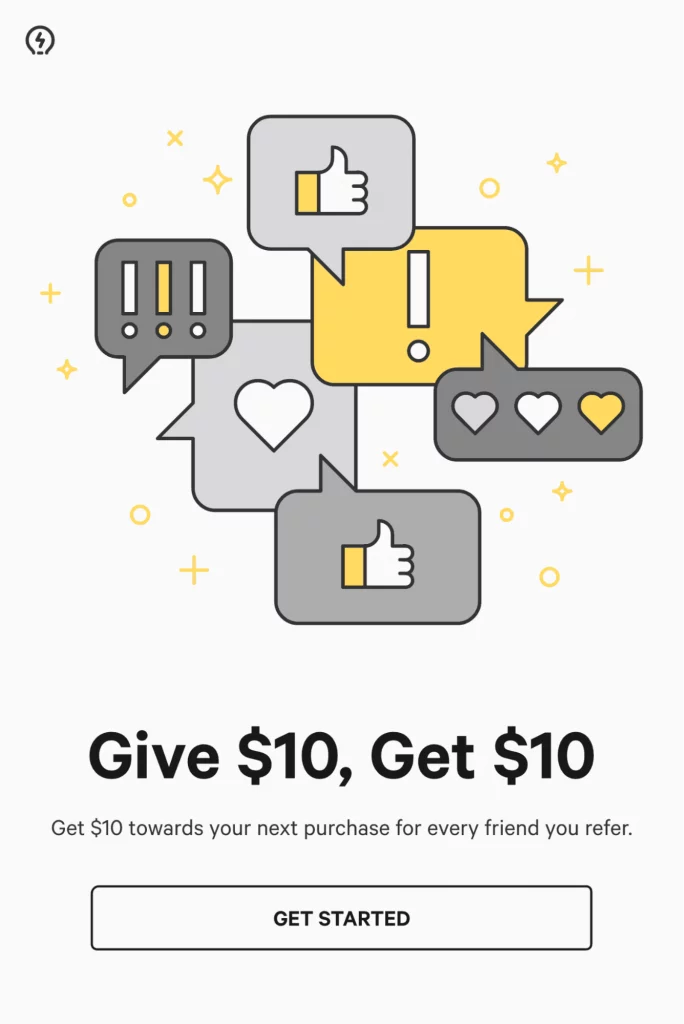
It’s easy to see why this sort of promotion works so well. If the customer loved your product enough to buy it in the first place and has (hopefully) enjoyed using it, why wouldn’t they buy another if they were incentivized to do so?
What’s more, research from RetailMeNot discovered that:
- 67 percent of consumers have made a purchase they weren’t originally planning to make solely based on finding a coupon or discount
- 93 percent say they would make a repeat purchase with a retailer that offered good discounts
- 69 percent of millennials say they cannot complete a purchase without first searching for a deal or offer
However, discounting strategies are more complex than they seem. In particular, it’s easy to fall into the trap of over-discounting.
If existing customers start to expect a reduction in their future purchases, you’ve effectively lowered the perceived value of your product.
That’s not only damaging to your bottom line, but it can also hurt your brand.
2. Shake Up Your Repeat Purchase Promotions
Expanding on my previous point, let’s delve into another crucial aspect: diversifying your repeat purchase promotions.
While discounts based on price and other promotional tactics can effectively drive repeat purchases, their impact diminishes over time.
In essence, if you keep presenting customers with the same offer repeatedly, they’ll eventually lose interest and explore alternatives.
That’s why it’s advantageous to regularly vary your promotions and incentives.
Research from the University of Chicago Booth School of Business suggests that introducing uncertainty can significantly influence repeat behavior. Surprisingly, individuals are more inclined to engage in a task repeatedly when the incentive is uncertain, even if it’s financially less appealing than a certain reward.
Why does this paradoxical effect occur? Are consumers simply irrational?
Possibly, but there’s more to it.
The study proposes that uncertain incentives work so well because consumers enjoy transitioning from the discomfort of uncertainty to the satisfaction of resolution. Moreover, there’s the added allure of a gratifying reward at the conclusion.
So, instead of consistently offering a standard 10% discount on repeat purchases, consider varying the discount percentage or incorporating additional incentives like complimentary shipping or free gifts.
Take a cue from ColourPop Cosmetics, for instance, which recently bolstered its strategy by providing free worldwide shipping on all orders.

The key takeaway? Keep your customers guessing, and they’ll be more inclined to make repeat purchases.
- Offer Tailored Product Suggestions
Ever have a go-to café or restaurant that keeps drawing you back?
I certainly do.
Sure, it’s partly because of their delectable dishes and impeccable service. But it’s also because they know me.
Whenever they tweak the menu or wine selection, they seem to anticipate my tastes perfectly.
The result? I not only keep returning, but I also bring along friends and family.
Why am I sharing this anecdote?
Because personalized recommendations like those wield significant influence in the realm of e-commerce too.
Accenture’s research indicates that a whopping 91% of consumers are more inclined to purchase from brands that acknowledge and cater to their preferences, offering relevant suggestions and tailored offers.
So, it’s vital to retain insight into your customers’ preferences and guide them toward products they’ll adore.
Take Uniqlo, for example, which adeptly recalls customers’ past purchases through its “You Might Also Like…” recommendations in emails.

For starters, if a shopper consistently buys red dresses from your store, it’s logical to showcase your newest scarlet A-line to catch their eye.
But let’s elevate it further. It’s also astute to propose complementary items like shoes and accessories, enhancing their shopping experience.
4. Solicit Customer Input
Encouraging repeat purchases can be straightforward through direct methods.
Sending a follow-up to a recent customer, asking if they’re interested in another product seems simple enough, right?
However, this direct approach may not always yield the desired results.
Although an impressive 77% of consumers claim longstanding relationships with specific brands spanning a decade or more, incessantly pushing for purchases risks turning the relationship one-sided.
That’s why it’s crucial to explore subtler avenues for fostering repeat business.
One effective tactic I advocate is seeking feedback from customers regarding their purchase experience, the support they received, or their satisfaction with the product.
According to Salesforce’s State of the Connected Customer report, a staggering 92% of consumers are more inclined to make another purchase following a positive customer experience.
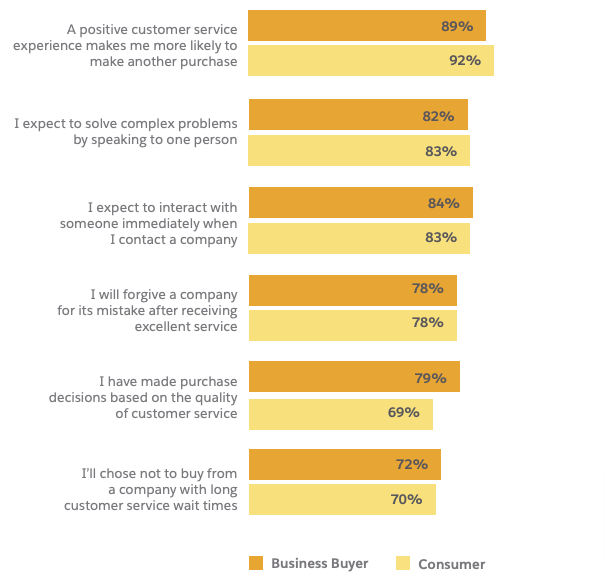
Thus, reminding customers of their satisfaction with your brand is undeniably advantageous.
For instance, Italic incorporates a call-to-action in its email footer, inviting customers to “Share Feedback.”
This not only enhances the likelihood of repeat purchases but also underscores the value you place on their opinions.
3. Establish a Loyalty Program
Launching a customer loyalty program is a savvy strategy to encourage repeat business.
Take Estée Lauder, for example, which entices customers to join its Estée E-List loyalty program by offering a 15% discount on their first online order.
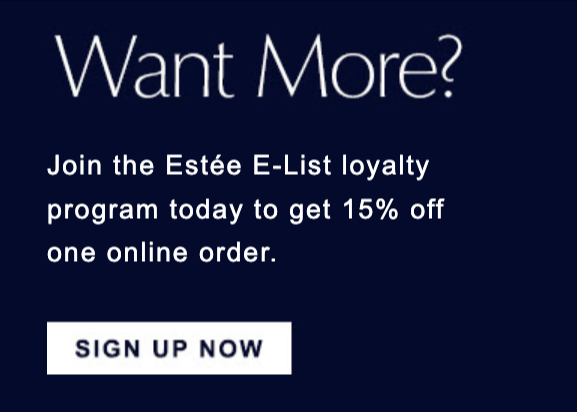
Now, you might think, “But aren’t countless loyalty programs already? How do we stand out amidst the noise?”
It’s a valid concern, considering that KPMG’s research indicates one in seven Millennials isn’t affiliated with any loyalty program. This reluctance could stem from the reported difficulty two-thirds encounter when trying to enroll in and reap rewards from such programs.
However, a separate study suggests that 52% of shoppers are willing to participate in a loyalty program if they feel a sense of loyalty to the brand.
The key takeaway is that if customers already have an affinity for your brand and products, they’re more likely to embrace your loyalty program.
And once they’re enrolled, there’s a higher probability they’ll engage in repeat purchases. After all, customers enrolled in complimentary loyalty programs exhibit a 30% increase in spending, while those in fee-based programs show a remarkable 60% uptick.
6. Prompt Customers to Restock
This particular strategy for encouraging repeat purchases may only apply to some brands.
If your offerings consist of durable or high-value items, it’s unlikely that customers will feel compelled to make frequent repeat purchases within a short timeframe.
However, if your business falls within the fast-moving consumer goods category, where products naturally deplete over time, implementing replenishment emails is a logical step.
By doing so, you not only stimulate repeat purchases but also provide valuable customer service. After all, it can be frustrating to run out of essential items.
The key to effective replenishment emails lies in timing.
Identify when customers are likely to require a new order and send them a timely reminder in the days before that anticipated date.
Even better, if you can tailor the timing of these reminders based on real-world data derived from a customer’s past purchasing habits, you enhance the effectiveness of your replenishment strategy.
7. Transform Churners into Devoted Patrons
It’s an inevitable truth: not all customers will be equally satisfied, leading some to leave your brand.
However, leveraging data can be instrumental in re-engaging these potential churners and cultivating their loyalty.
Start by analyzing the purchasing behavior of your most loyal clientele:
What products are they drawn to? How frequently do they make purchases? When do they typically place their orders? Now, endeavor to emulate their behavior with your less loyal customers.
If repeat purchasers gravitate towards specific products at particular times of the month, make a concerted effort to recommend these products (and timings) to potential churners.
Flat Tummy Co., for example, adeptly encourages repeat purchases by linking product replenishment to a relatable concern: achieving a flat stomach.

With strategic guidance, nudging customers onto the “right track” can inspire more individuals to become devoted repeat buyers.
9. Maintain Brand Relevance Through Compelling Content
Simply bombarding existing customers with repeated purchase requests is a shortsighted strategy.
While it might yield results initially, it risks alienating them in the long run, leading to disengagement with your emails, website, and, ultimately, your brand.
Offer customers respite from incessant promotional messages by sharing captivating content without direct sales pitches.
Consider disseminating:
- Style guides
- Tips for maximizing product utility
- Relevant news, features, or opinion pieces within your product domain
- Updates on your corporate social responsibility endeavors.
As demonstrated by Brooklinen’s recent Father’s Day gift guide experiment, seasonal content can also be effective.
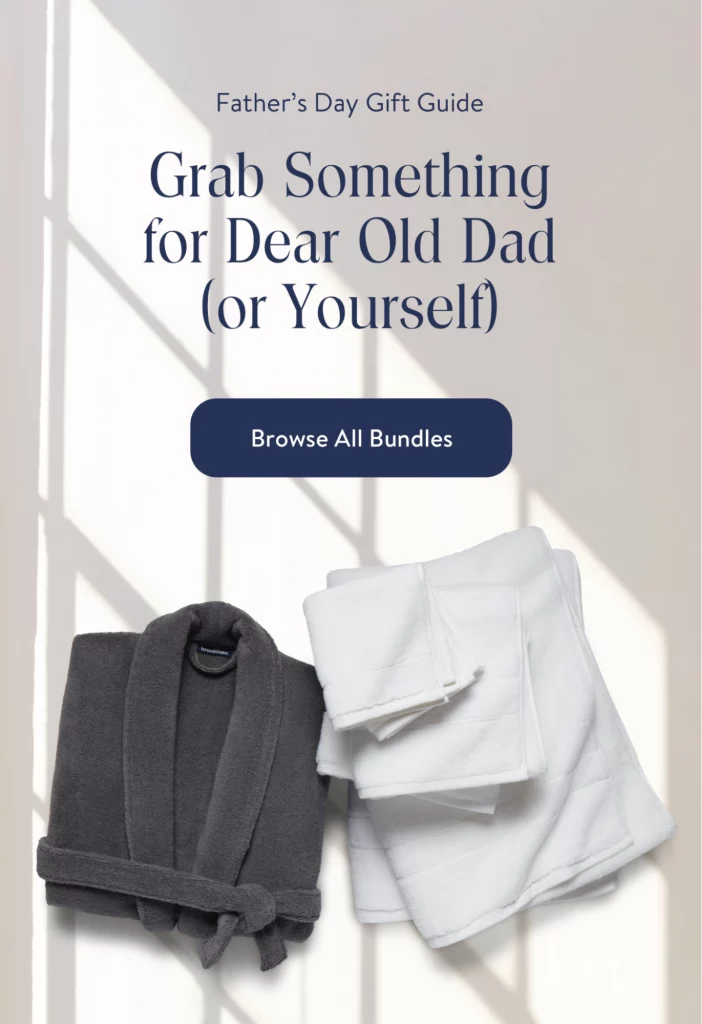
Naturally, balancing and avoiding overwhelming your audience with constant engagement attempts is essential.
Refraining from incessantly demanding actions from your customers reduces the risk of fatigue or irritation while ensuring your brand remains top-of-mind when they’re ready to make their next purchase.
10. Spotlight Product Updates
Perhaps your business revolves around a singular “hero” product or a select few items that undergo periodic updates.
Take, for instance, the quintessential example of an electric toothbrush.
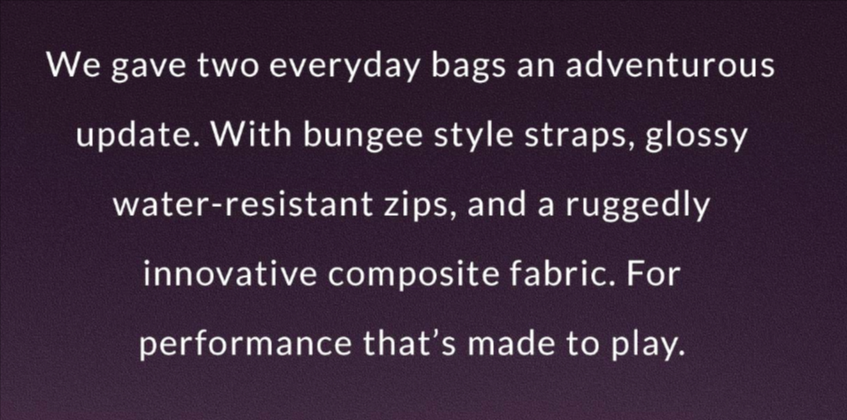
Bellroy
Teasing new features before launch and following up with a full launch can generate excitement and encourage previous customers to upgrade.
Employ a strategic approach rather than sending a single mass email upon releasing your latest model. Begin by enticing them with discussions about the forthcoming features and benefits before the product hits the market, and then proceed with a comprehensive launch.
Bellroy recently executed this strategy with the relaunch of its ECOPAK™ bag, as exemplified in an excerpt from their email communication.
Conclusion:
Each of these strategies offers a unique approach to driving repeat purchases from existing customers. By leveraging incentives, personalization, and engagement, brands can cultivate loyalty and maximize sales potential.
Granted, customers will only purchase a new one in a few weeks. However, when introducing an updated version boasting enhanced features—increased speed, reduced noise, or extended durability—previous customers may be inclined to upgrade to the latest model.
The crux lies in keeping your audience informed about these product advancements.
FAQs on Repeat Purchases:
What are some common challenges in driving repeat purchases?
- Customer fatigue from constant promotional messages.
- Difficulty in maintaining relevance and engagement over time.
- Retaining customer interest amid competition and market saturation.
- Balancing the need for repeat purchases with providing value-added content.
How important is customer feedback in encouraging repeat purchases?
Customer feedback is invaluable for identifying areas of improvement and addressing customer concerns. Actively seeking feedback demonstrates a commitment to customer satisfaction and fosters trust. Implementing changes based on feedback can enhance the overall customer experience and increase the likelihood of repeat purchases.
What role does data analytics play in driving repeat purchases?
Data analytics enables businesses to gain insights into customer behavior, preferences, and purchasing patterns. By leveraging data analytics, businesses can tailor their marketing efforts and product offerings to better meet the needs of their customers. Analyzing data can also help identify opportunities for upselling, cross-selling, and personalized recommendations, thereby increasing repeat purchase rates.



